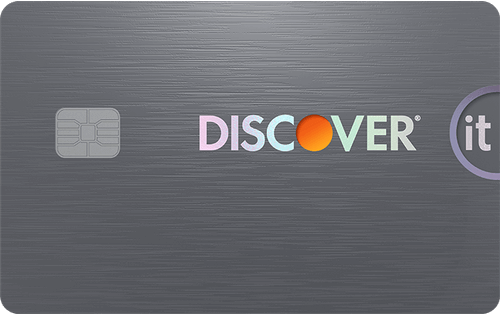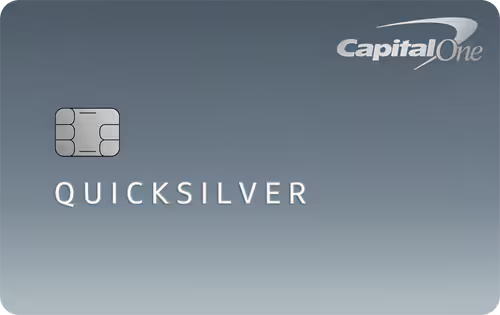The
Credit One Bank® Platinum Visa® for Rebuilding Credit is a pretty good unsecured credit card for people with bad credit. It can be worthwhile because it gives you a
$300 initial spending limit, with no security deposit needed, in return for up to
$99 in annual fees (
$75 the first year). You’ll also earn cash back rewards, and you’ll have the opportunity to improve your credit score.
If you don’t absolutely need emergency spending power, however, you’re better off placing a refundable deposit on a secured credit card. You’ll get the money back when you close your account, assuming you’ve paid your bill in full, and you should be able to find an offer with no annual fee. Plus, secured cards are just as good for building credit as unsecured cards.
5 Key Things to Know About the Credit One Platinum Visa for Rebuilding Credit
Good way to get an emergency loan with bad credit
Getting an unsecured credit line can be quite expensive when you have bad credit. But that’s less true for the Credit One Visa. There’s no one-time fee for application processing and no monthly fee – at least not one charged in addition to an annual fee. The Credit One Visa’s annual fee is
$75 the first year. After that, annual fees can total up to
$99, though they might be charged in monthly installments. The exact fee amounts will depend on your creditworthiness.
Given that new cardholders begin with a
$300 credit line, you’ll essentially be paying as much as
$75 for as little as $225 in immediate spending power with the Credit One Bank Card. After all, the first annual fee is assessed when you open your account, thereby reducing the spending power at your disposal.
High APR
Your rate is well above average with the Credit One Bank Credit Card. As a result, you should try to pay for your charges as quickly as possible.
WalletHub’s credit card payoff calculator will help you make the best plan for your situation.
Credit-line increases aren’t guaranteed
Credit One Bank says it will consider cardholders for higher credit limits based on their “overall credit performance.” They don’t elaborate about what you need to do or when you can expect a higher limit, though. Most other cards require at least five or six consecutive months of on-time payments before considering a cardholder for a credit limit increase.
Rewards aren’t that helpful
The roughly 1% cash back that you will earn on eligible purchases pales in comparison to the rate at which you’ll have to pay interest. And if you really want rewards, you can do better with a secured card. You can earn 2-3X on some purchases.
Secured credit cards are much cheaper
If you don’t absolutely need an emergency loan or $225 in spending power isn’t enough for your needs, you’re better off focusing on improving your credit at the lowest possible cost. That means getting a secured card instead of an unsecured offer such as the Credit One Card.
Secured credit cards require a refundable security deposit, the amount of which acts as your spending limit. This reduces both your costs and the issuer’s risk. There are a number of secured cards with no annual fee, and opening one will help you improve your credit score to the point where you can qualify for a decent unsecured card.
Note: This review is not provided, commissioned or endorsed by any issuer. Opinions and ratings are our own.






